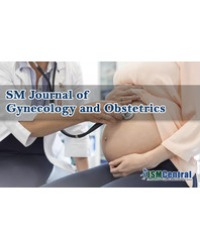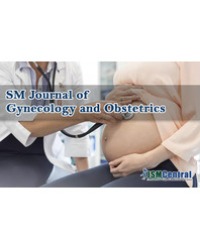
Recurrent Metastasis of Ovarian Immature Teratoma in a 7-Year-Old Girl. Case Report of Uncommon Tumor and Brief Review of the Literature
Ovarian teratoma is most frequently found in children and adolescents. It comprises a combination of adult and embryonic tissues from the three germ cell layers: ectoderm, mesoderm, and endoderm. According to the current WHO grading system, the tumor can be divided into mature (benign) and immature (malignant) based on the existence and quantity of the immature component. The microscopic grade of the initial tumor best predicts the chance of extraovarian dissemination, and size and stage have been linked to survival. Immature elements might be present in small foci or large amounts. An incorrect diagnosis of a benign teratoma with inadequate treatment and a poor prognosis can result from insufficient pathological sampling missing the immature tissue. No matter how they present clinically or grossly, all teratomas must be extensively sampled in the pathology lab to look for any potential immature components. A teratoma is challenging for pathologists to diagnose, much like every other gonadal germ cell tumor, and an accurate diagnosis has significant therapeutic and prognostic ramifications. Here, we present the case of a 13-year-old girl with a high-grade metastatic giant 23 cm immature teratoma and review the relevant literature. The patient had several peritoneal implants at the time of surgery, and the tumor had grown to the pelvic wall. Following surgical debulking and chemotherapy, the patient’s tumor recurred after two years with liver and lung metastases.
Jessica Jahoda1,3, Carolyn Coles2, Helen Diaz2, Izunna Ezekwesili2, Ashley Gonsalves2, Chinenyenwa Okoye2, Keoni Campbell2, and Mohamed Aziz MD3*

